On April 8th, a total eclipse of the sun occurred in many parts of the United States. A solar eclipse is a natural phenomenon where the moon’s shadow crosses over the Earth, and because they appear to be the same apparent size, the moon completely blocks out the sun in areas of totality.

New Jersey did not reach 100% totality during this eclipse, so the moon only partially obscured the sun. However, with cooperating weather, you could still observe darker lighting, colder temperatures, and (through eclipse glasses), the moon passing over the sun. Unfortunately, much of our area was cloudy during the eclipse.
I took a small vacation on Sunday through Tuesday to see the eclipse, traveling to Vermont. My parents and I had intended to go to Ohio, but, after hearing about potential clouds in the area, we changed our plans a few days prior.
We drove up to Northern Massachusetts on Sunday, staying in a hotel there that night, before leaving at 7 am for a 2-hour drive to Newport, Vermont, a small town less than 10 minutes from the Canadian border. We had expected most people seeing the eclipse in the state to be going to Burlington or Montpelier, much larger towns; however, we learned Monday morning that both of those areas were predicted to be cloudy. So, seemingly, the entire state of Vermont descended on Newport.
It was very crowded, but we were luckily stationed in a calmer area, the parking lot of a school on the edge of town. As the eclipse began, watching the moon slowly cover the sun was nothing but surreal. The day grew dark, and the temperature notably dropped: it was a beautiful, high 60s day, but it quickly felt like mid-winter.
Totality began and ended quickly. The first thing I noticed was 2 points of light in the sky, one below the sun and one directly overhead. I soon realized they were Venus and Jupiter, visible during the daytime. Directly after, my Dad pointed out darkness on the horizon, directly below the sun. Through my eclipse glasses, the sun was a tiny sliver, barely visible. Then, the moon completely covered the sun.
People around us cheered, and it honestly looked like a hole in the sky where the sun had been. I’d always assumed that the eclipse would look like photos of it, as anyone would, but the true experience of it cannot be accurately portrayed in a photograph. The entire horizon, 360 degrees, became the yellows and blues of early sunrise, and the corona of the sun shone brightly. Most miraculous of all, we could see brighter, red areas along the edges of the missing sun: solar flares, a rare sight even during an eclipse.
I took several photographs, with my phone and with my camera. I took all my photos during totality, as unfortunately, I didn’t have a solar lens to take photos of the sun prior to it being fully obscured.
My best photo was taken on my camera, being able to zoom in further and allowing me to have more direct control over the exposure of the photo.
In Newport, totality lasted a bit over 3 minutes. As it ended, the sky suddenly started becoming lighter, and the blinding light of the sun started to overtake the moon. Within a matter of seconds, it was too bright to look at directly, and the sky became bright again. Behind us, that same dark shadow was visible, almost looking like a distant thunderstorm receding over the horizon.
It was an incredible experience, even the 6 hours in traffic to get back to our hotel following the eclipse did not diminish how amazing it was to witness. Although I like the photos I took, some other photographers were able to take great ones too. Storm_Chaser_Justin on Twitter made this composite image, also from Newport.

Sonali Deshmukh took this photo in Indiana, also showing the same solar flares I captured.

The next total solar eclipse in the United States isn’t until August 2044, but there are several around the world before that, for example, one in Europe in 2026, and one in North Africa in 2027.
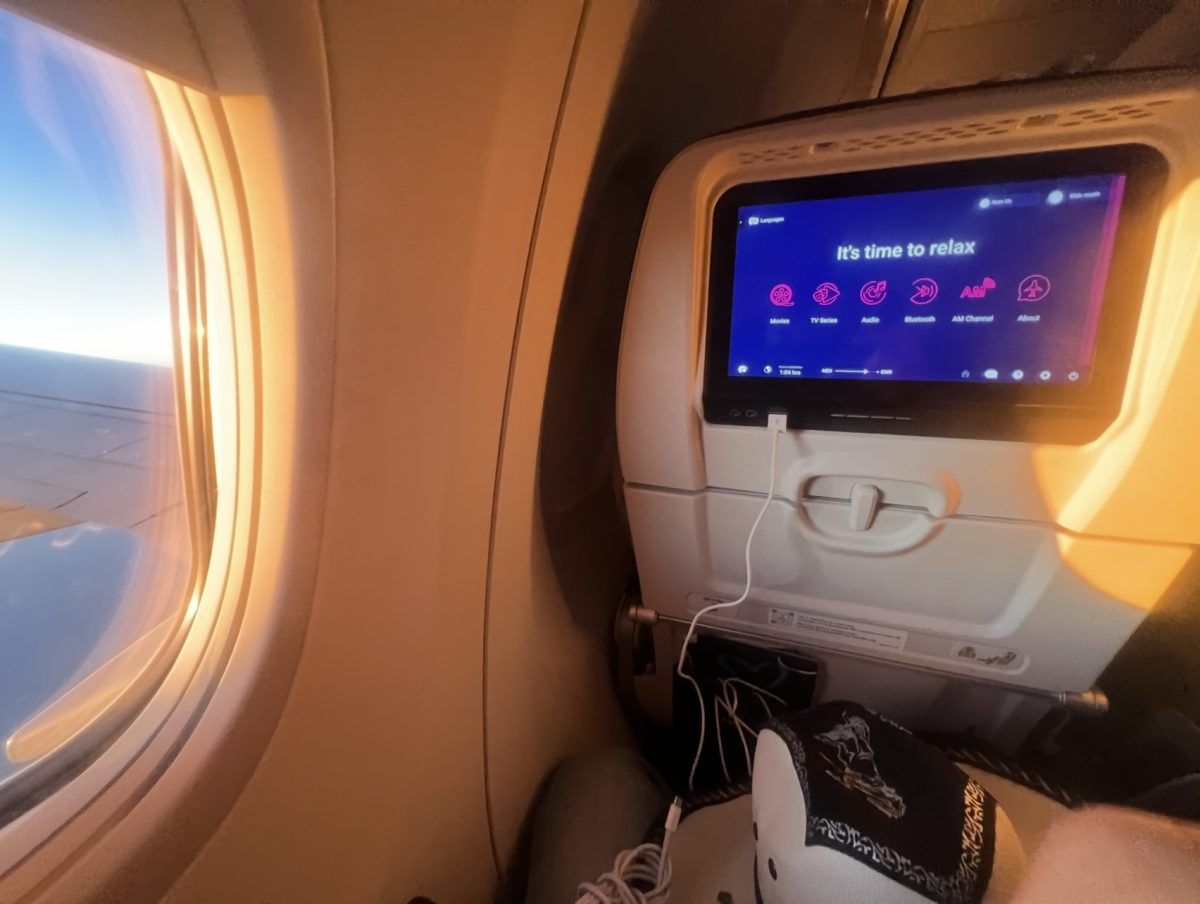
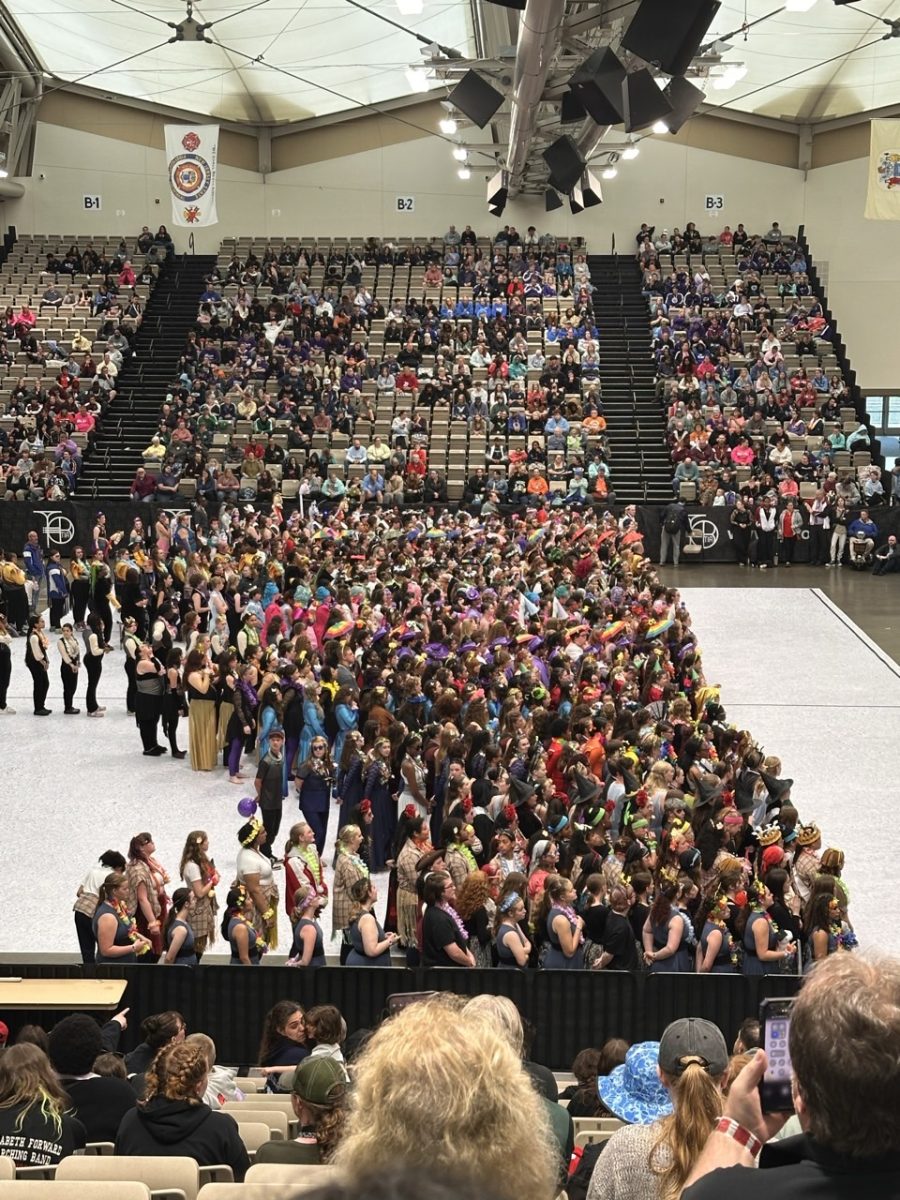

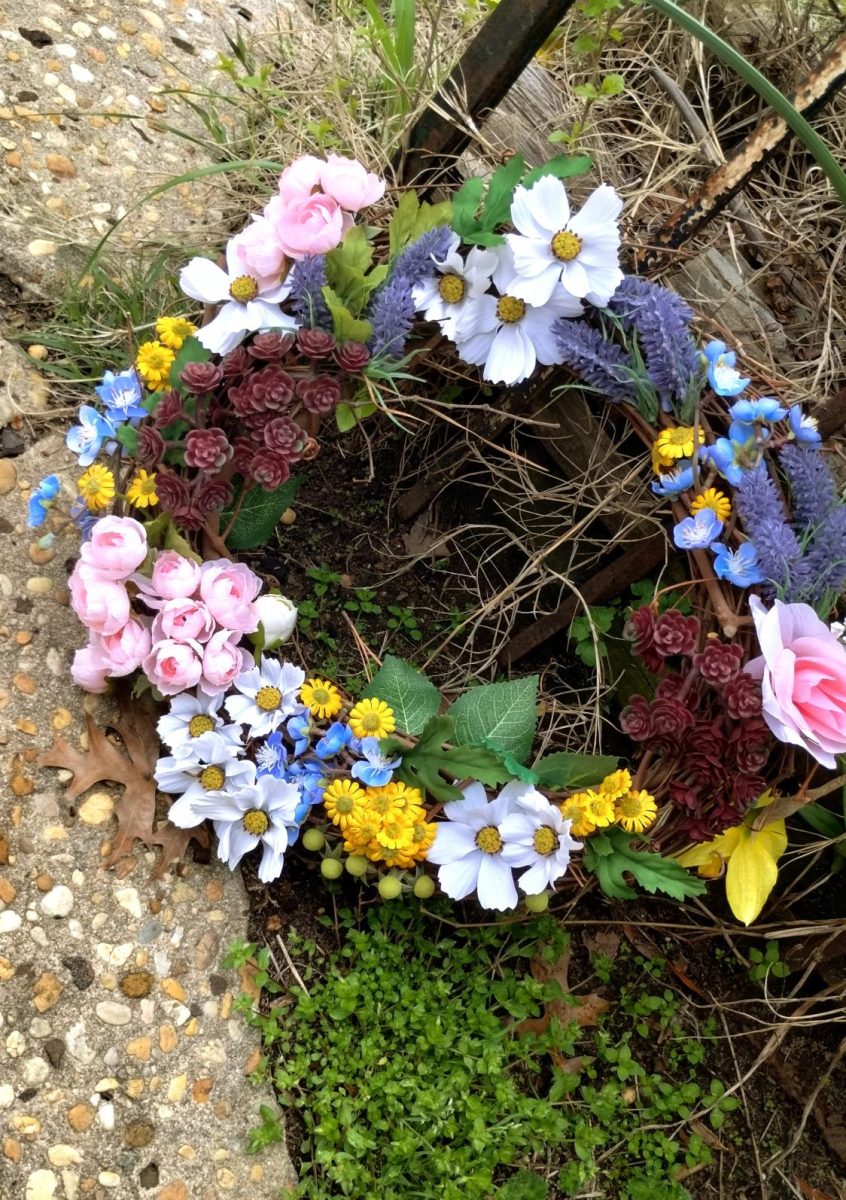
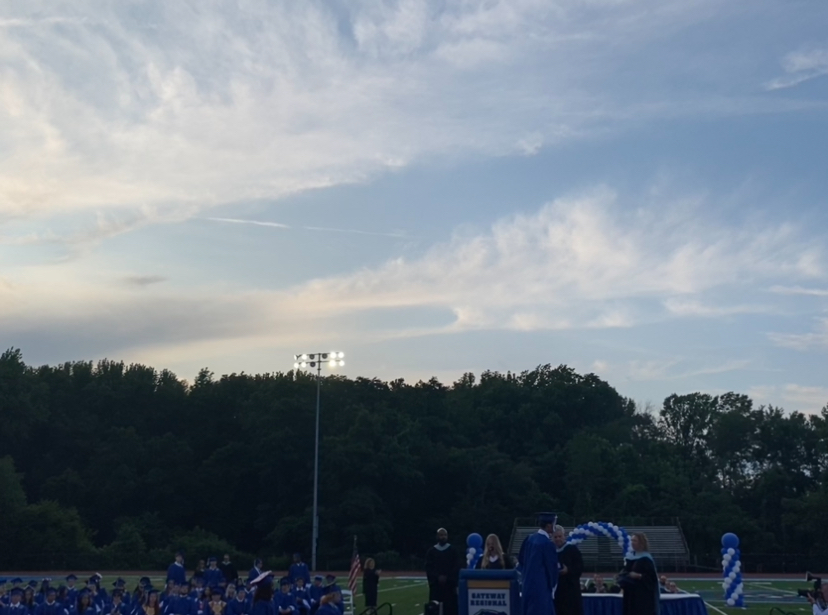
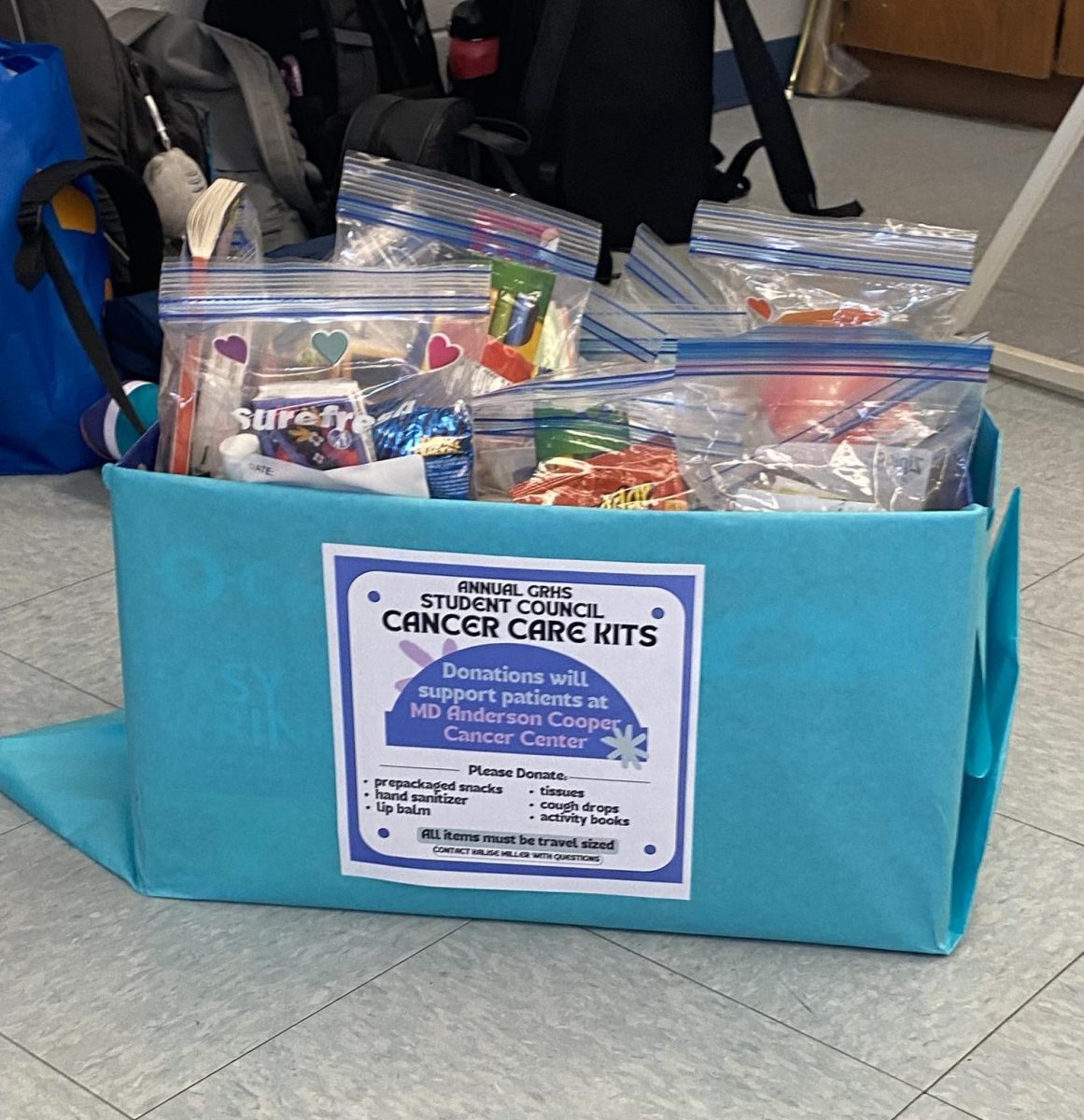


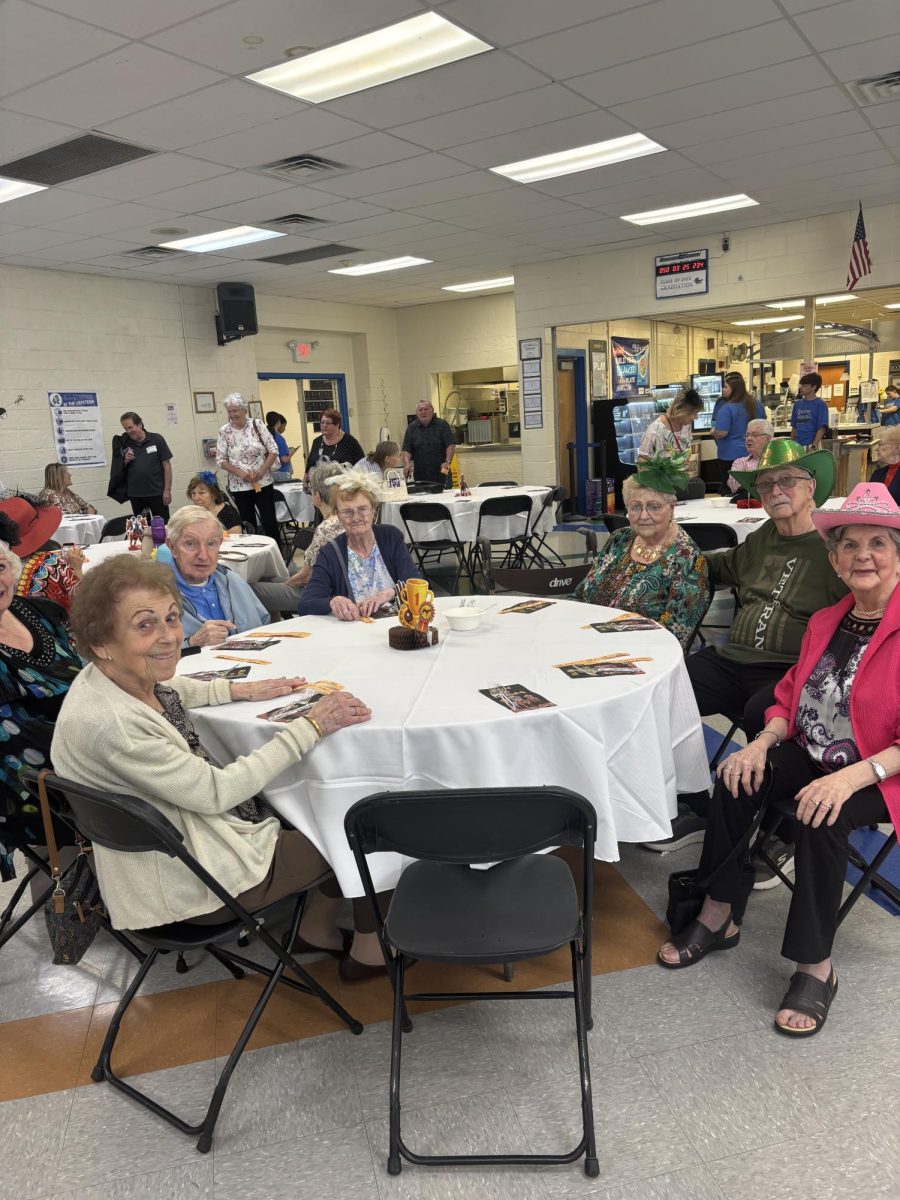

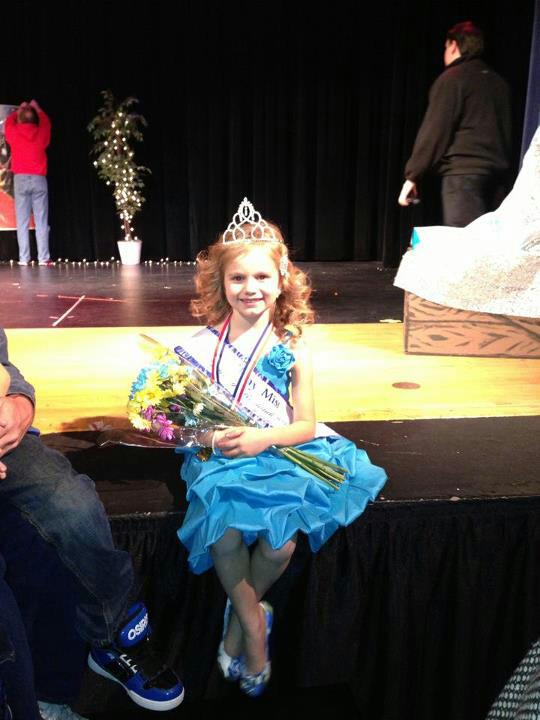


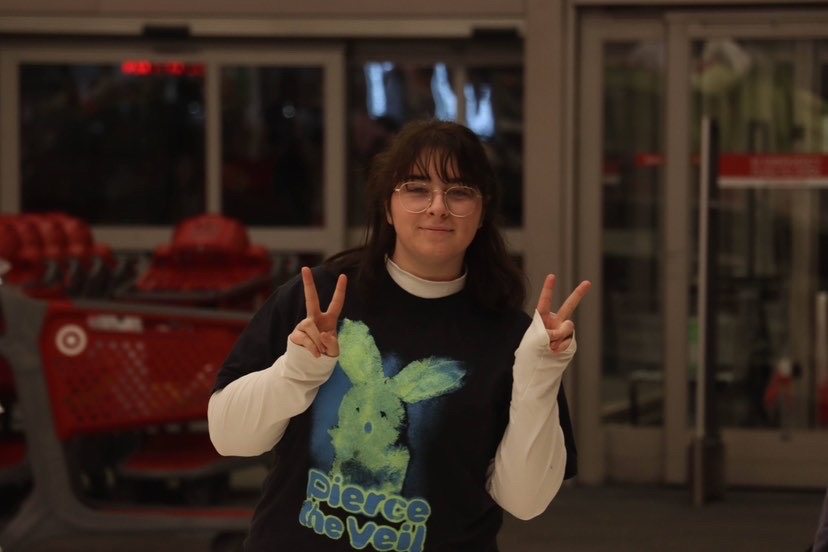
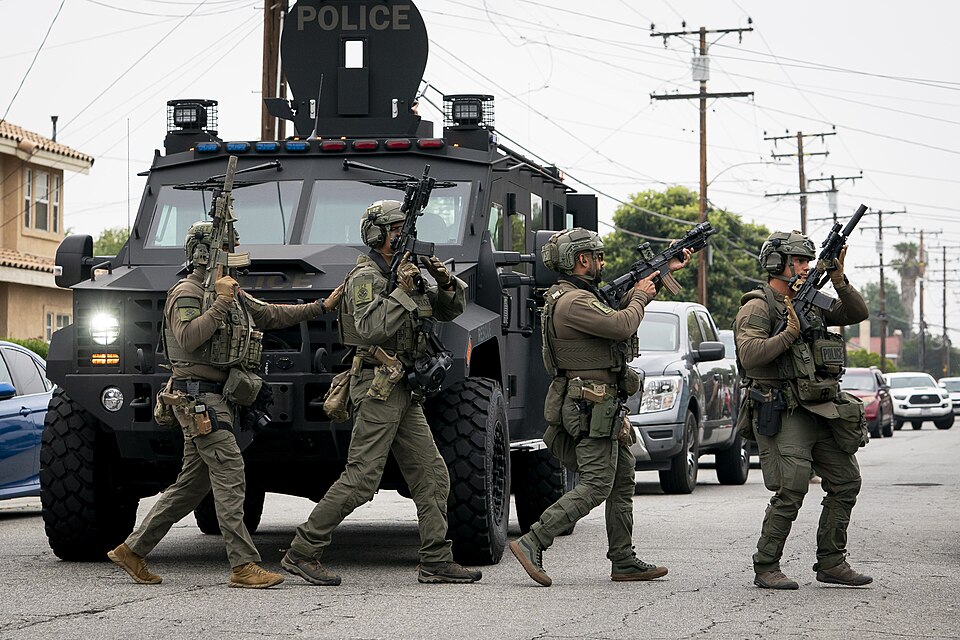
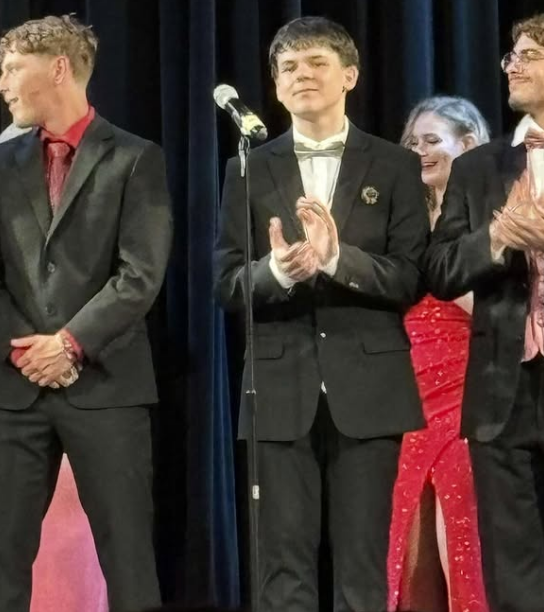


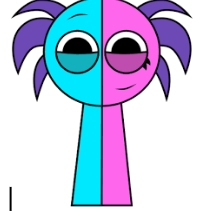

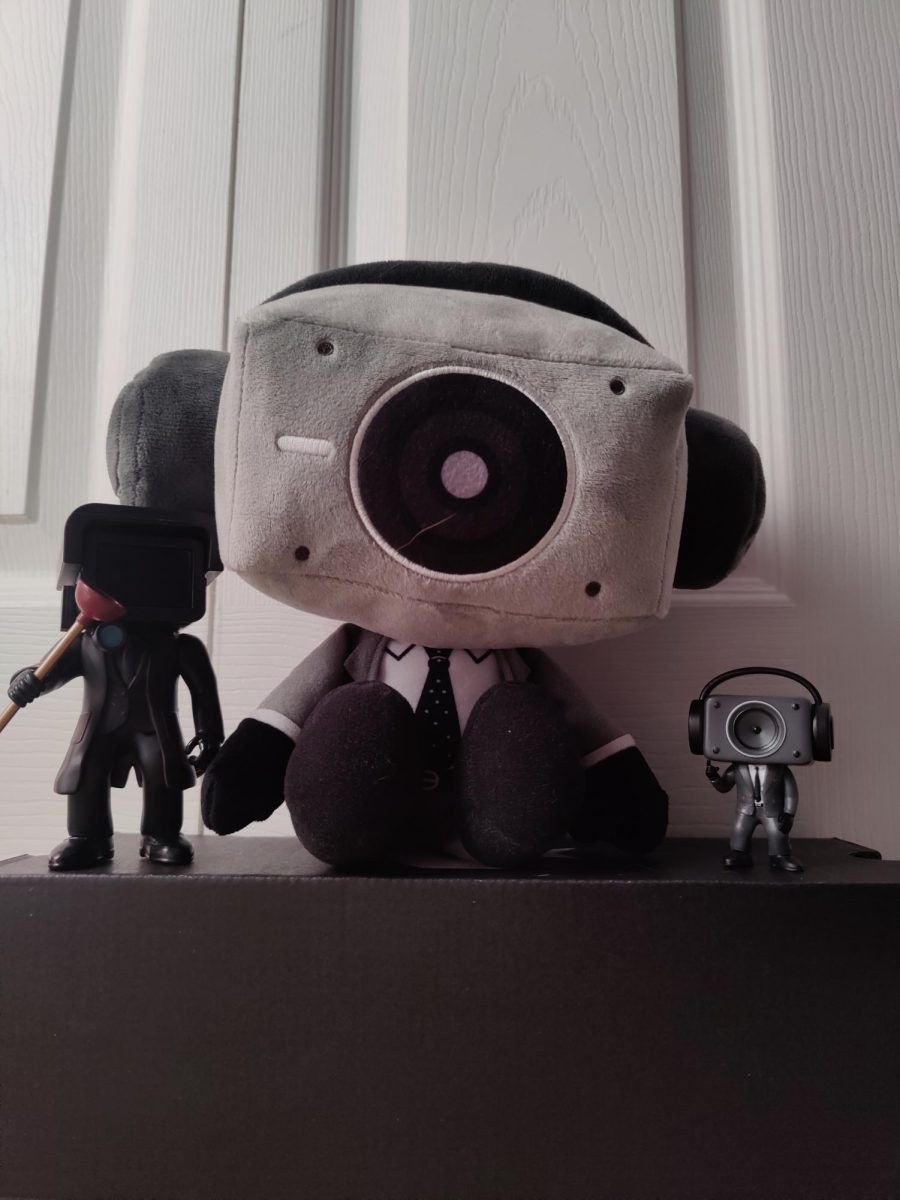

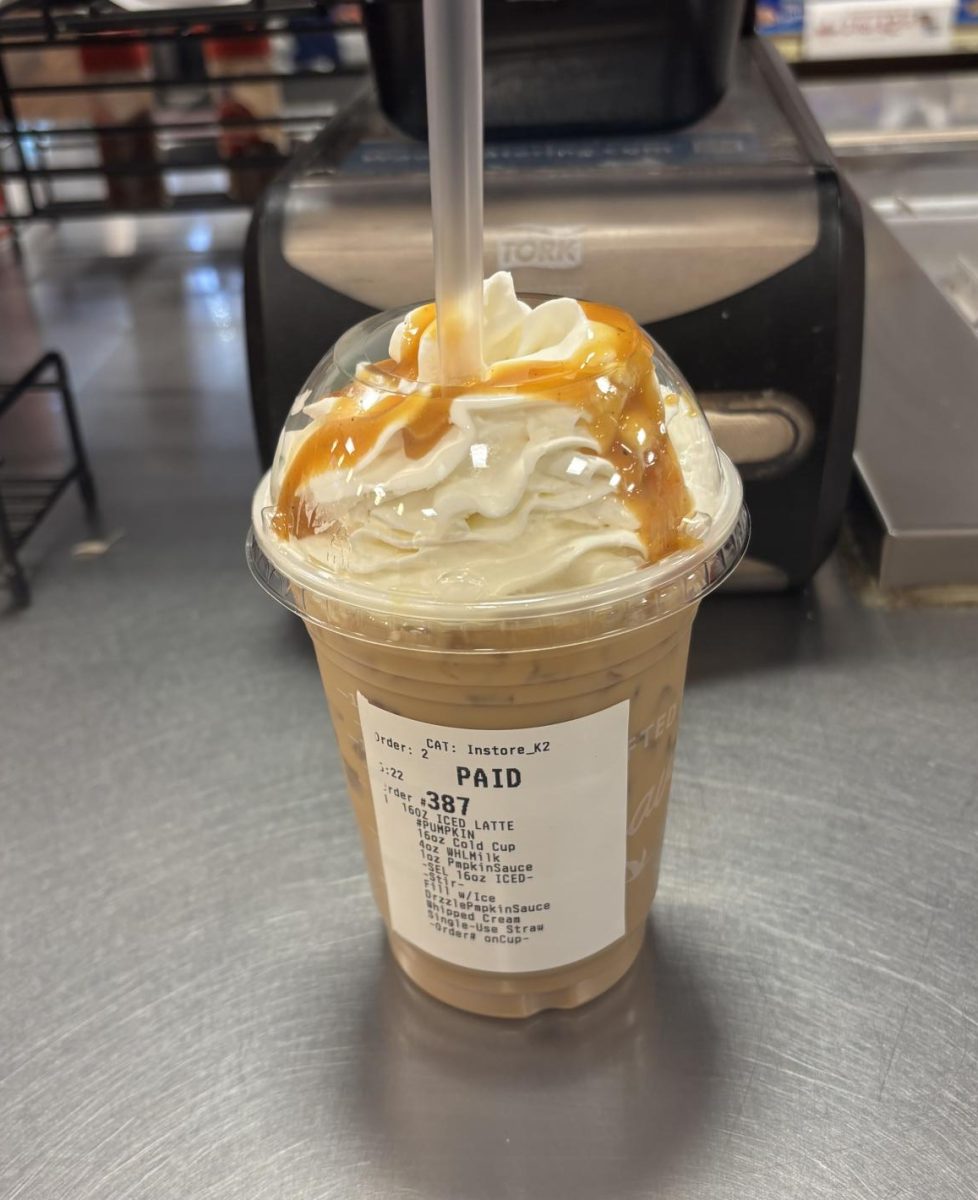

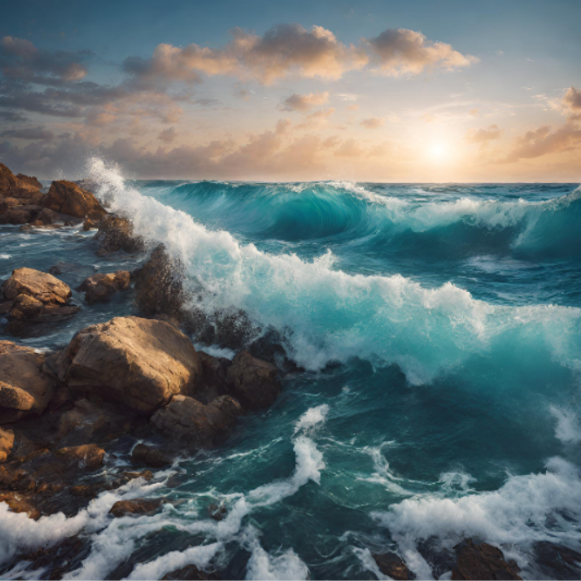

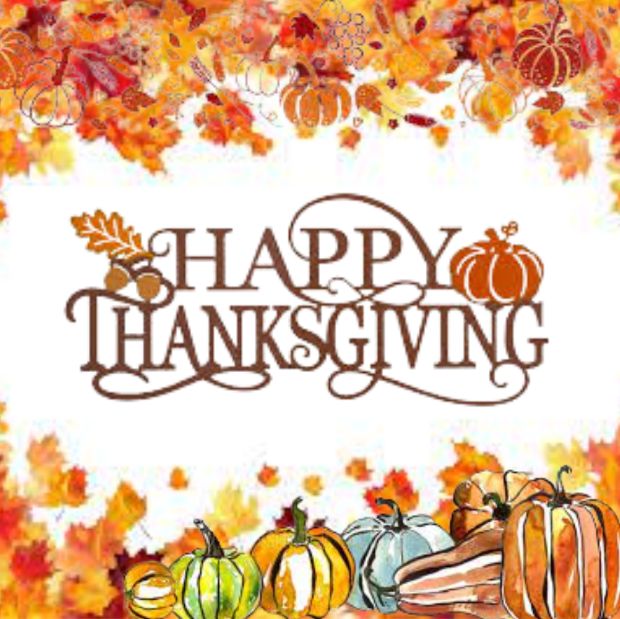
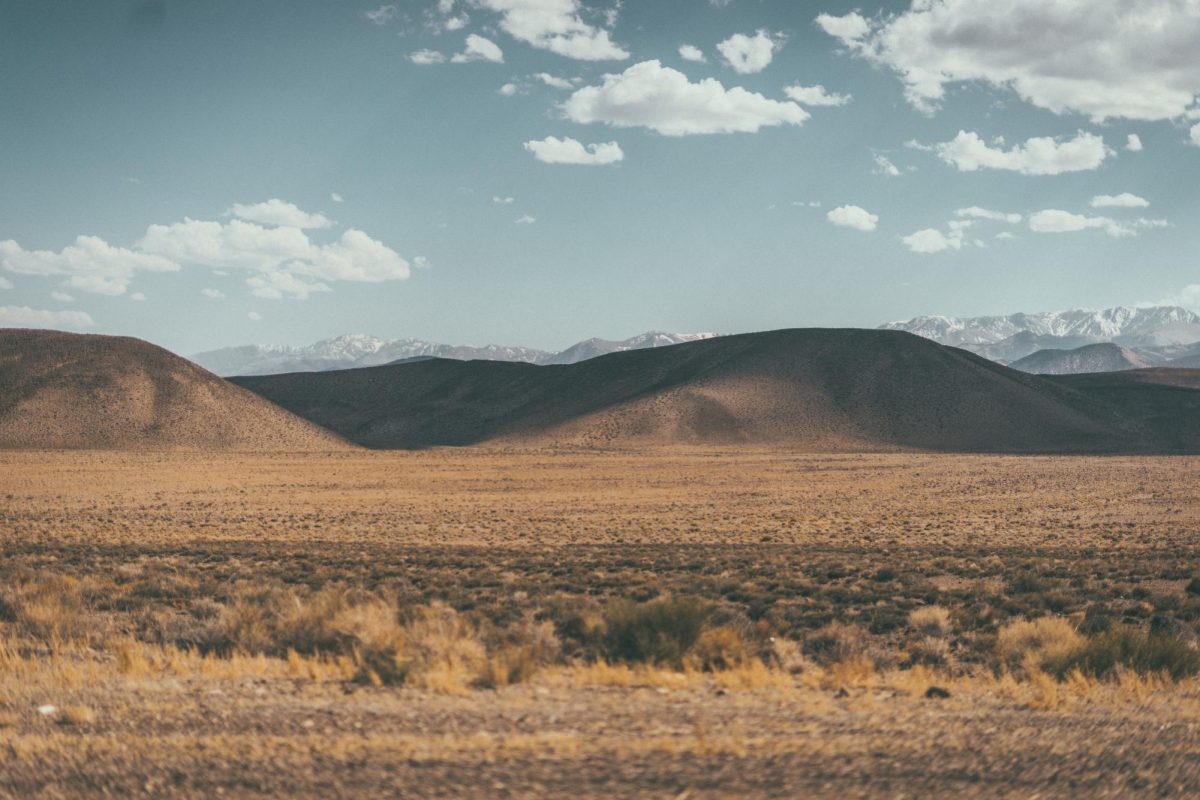
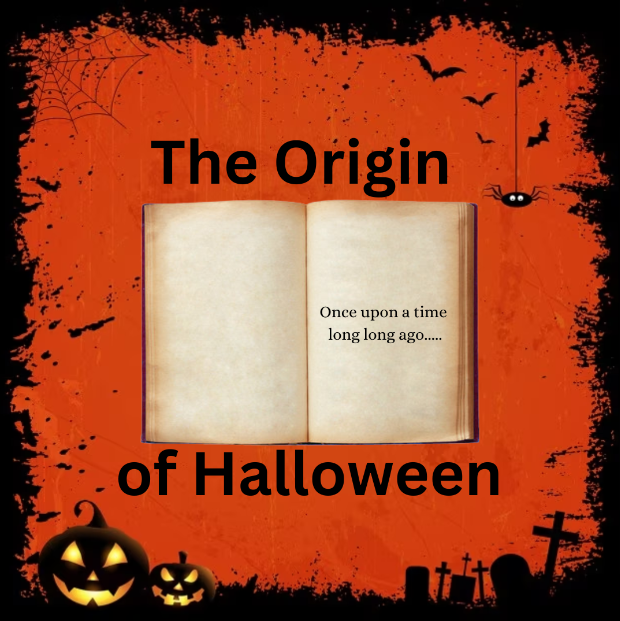




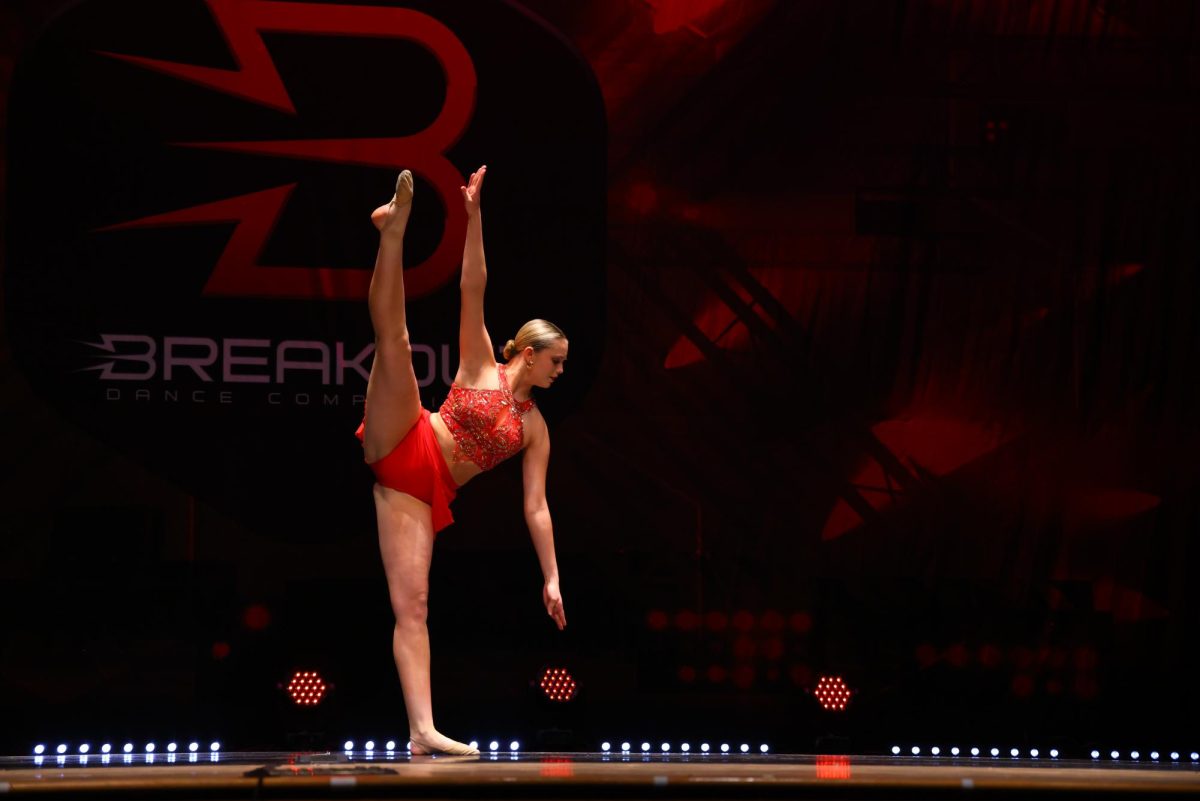
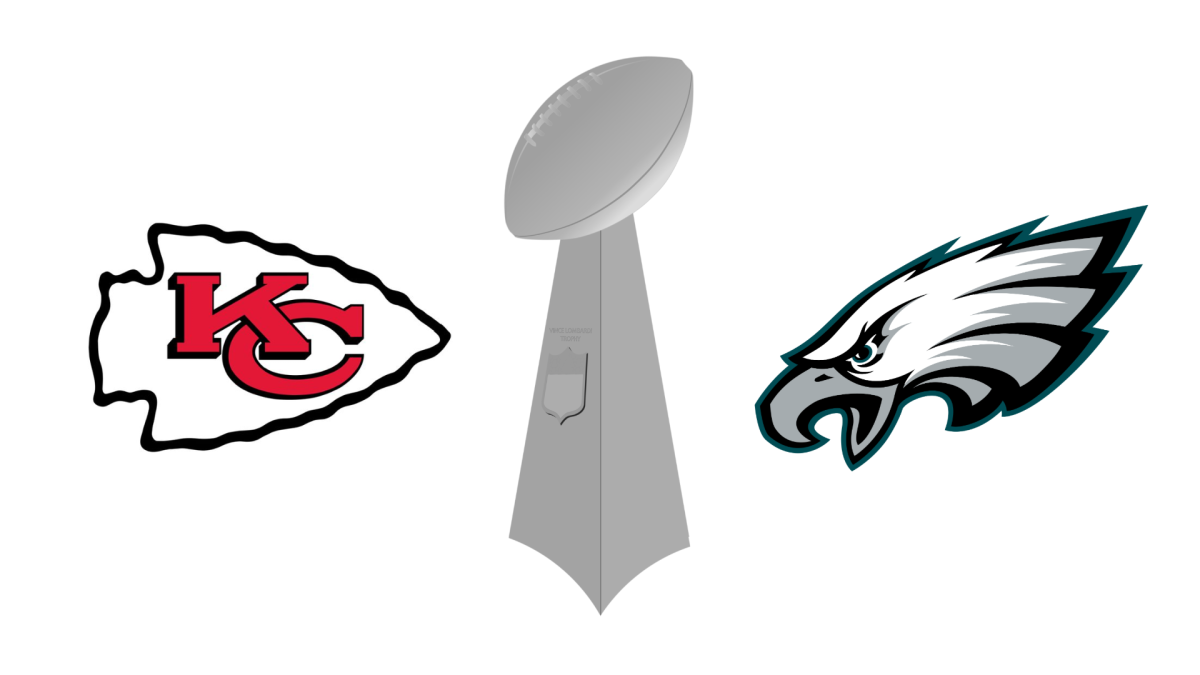

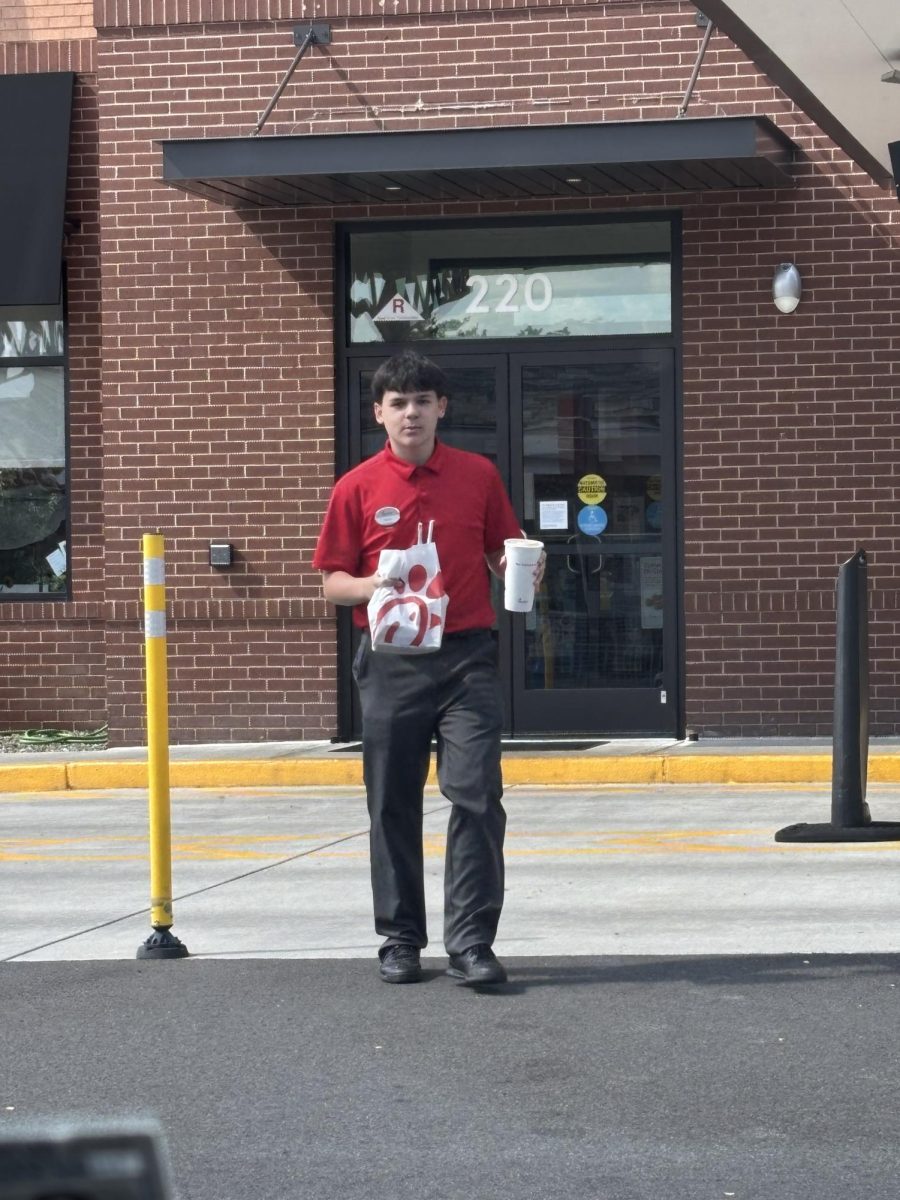



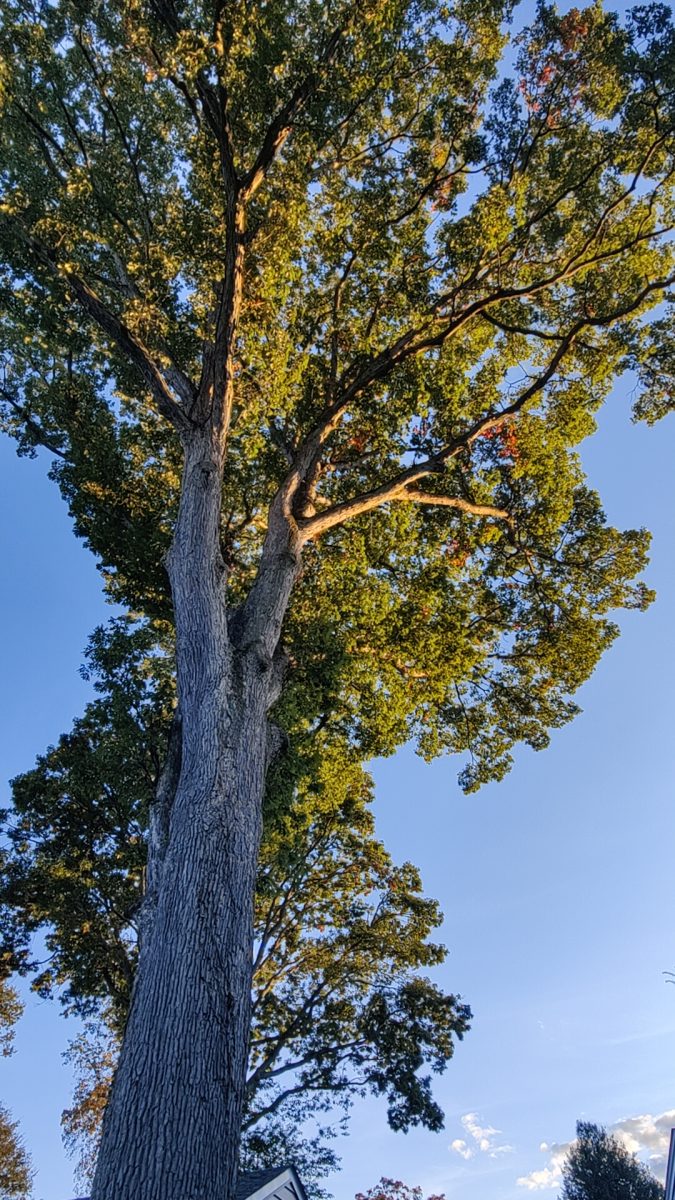
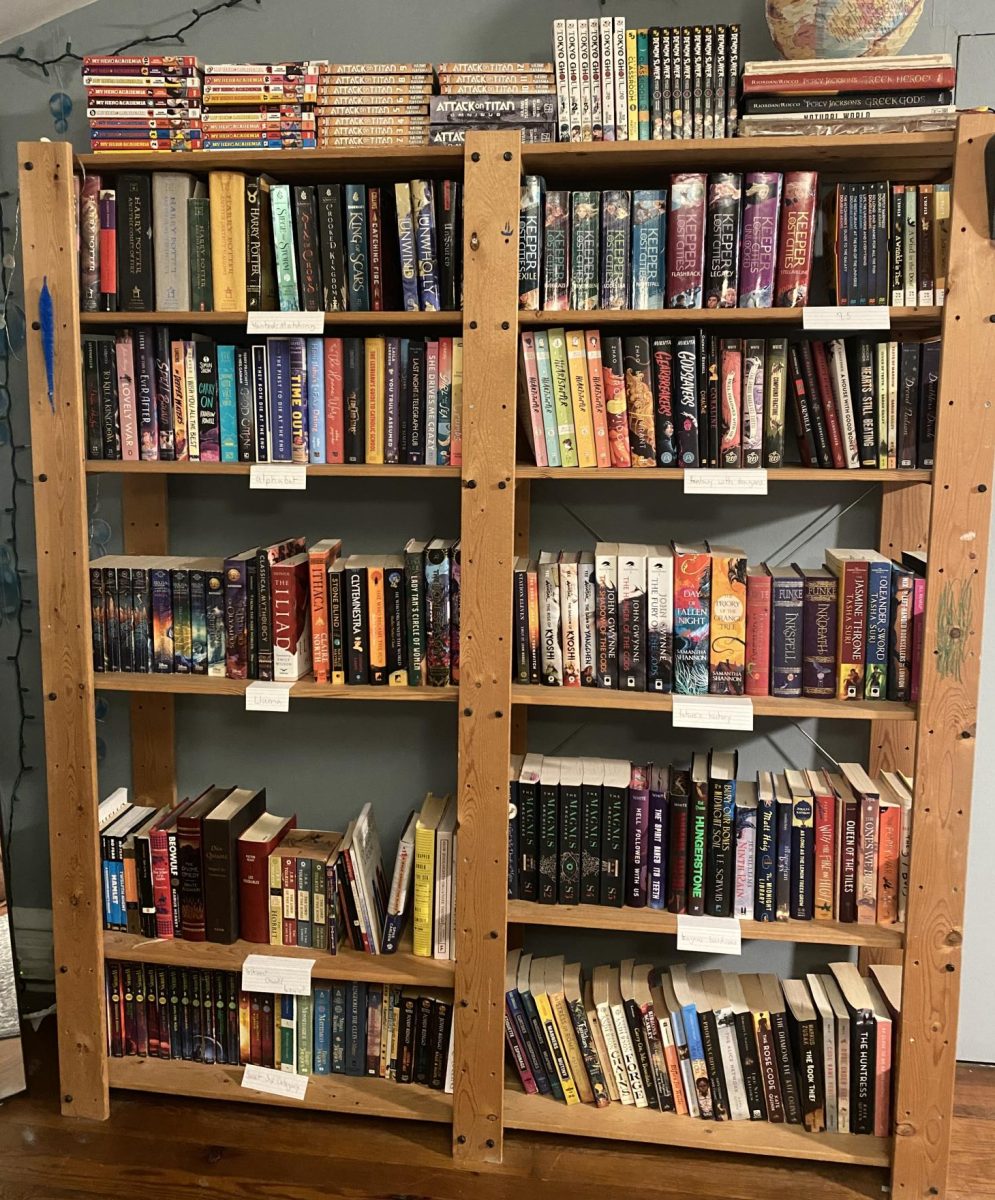

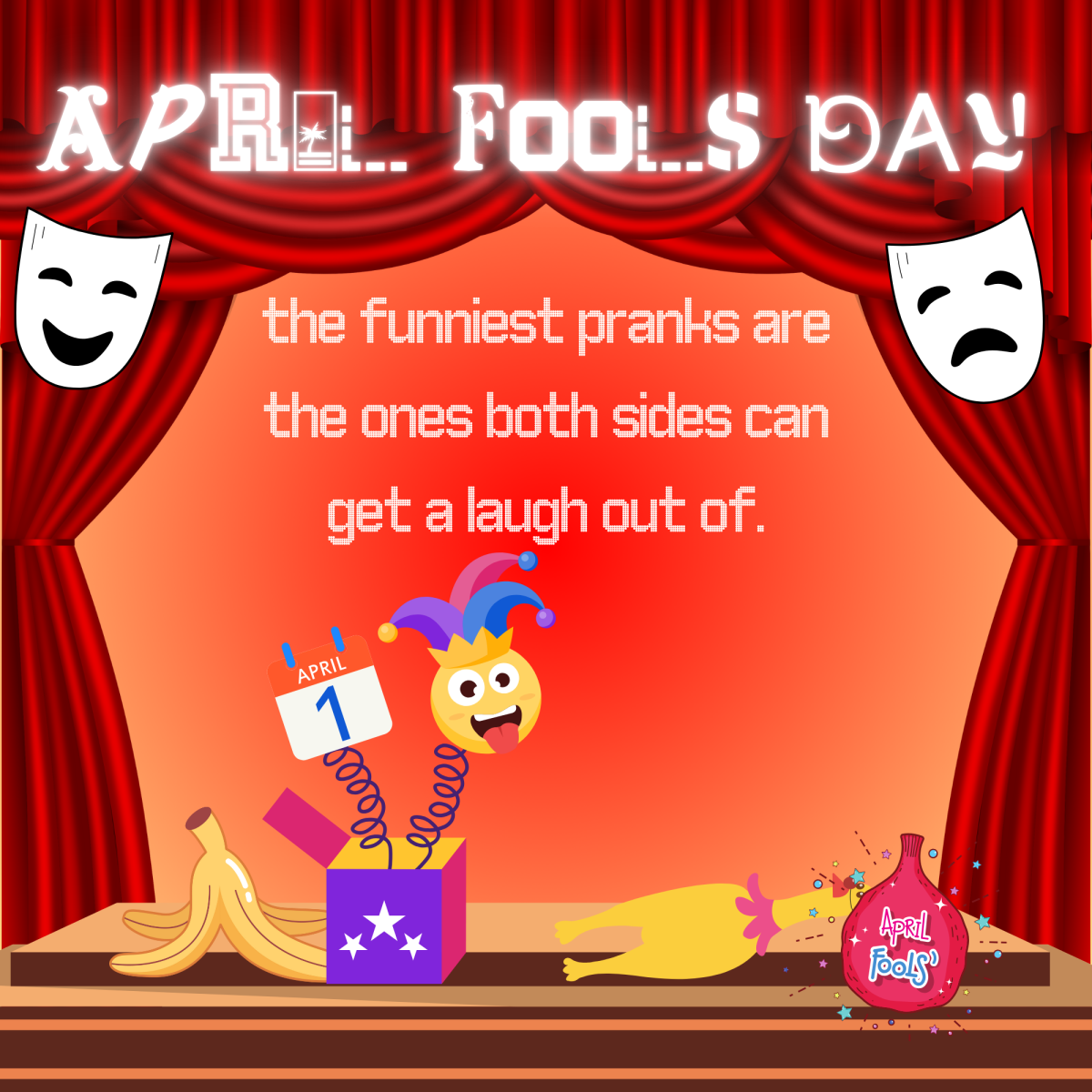
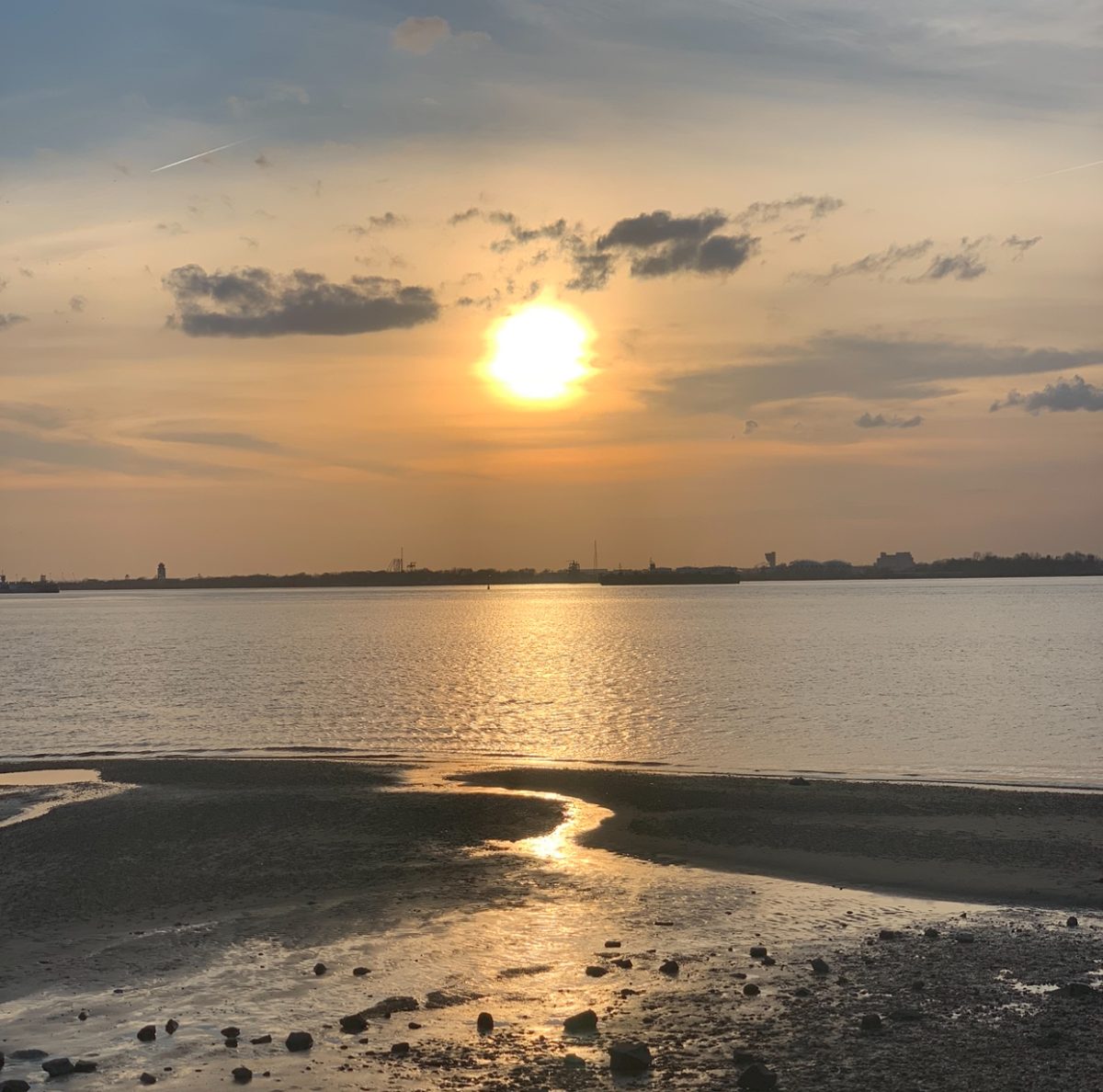

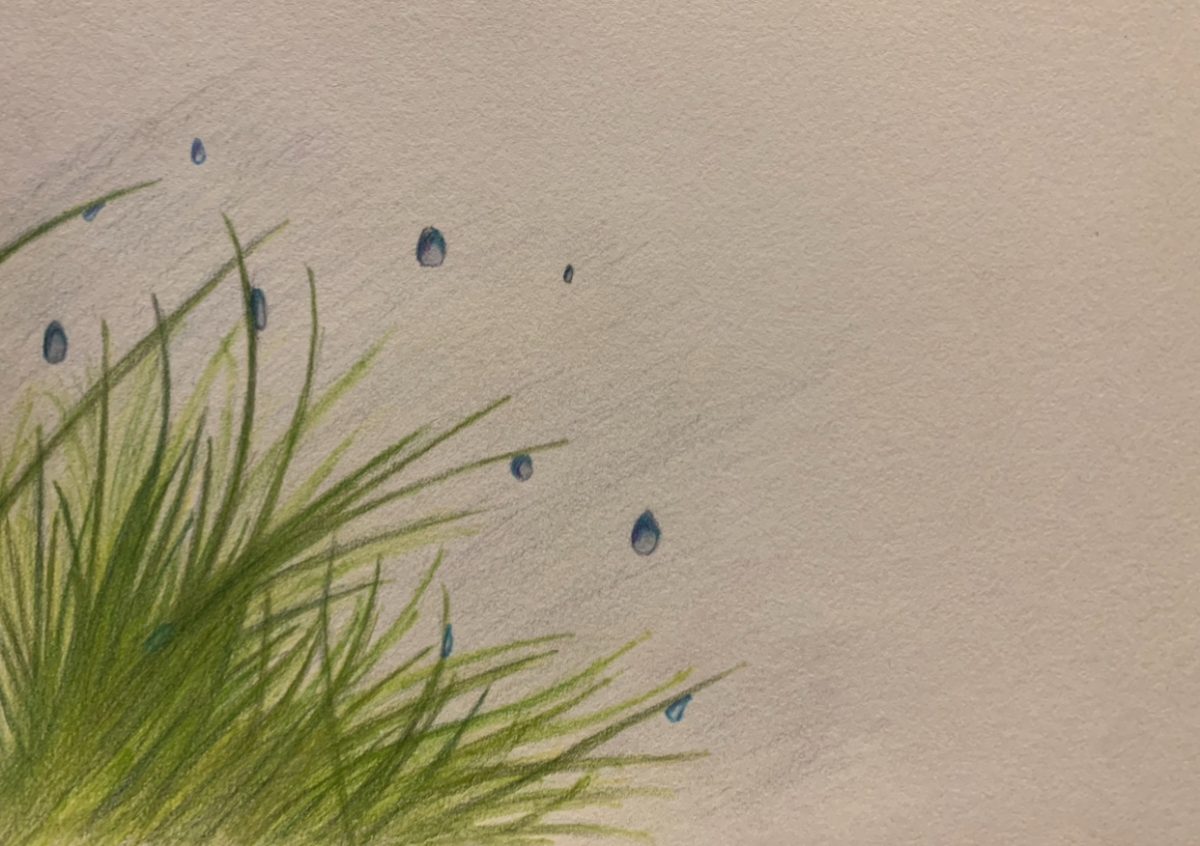

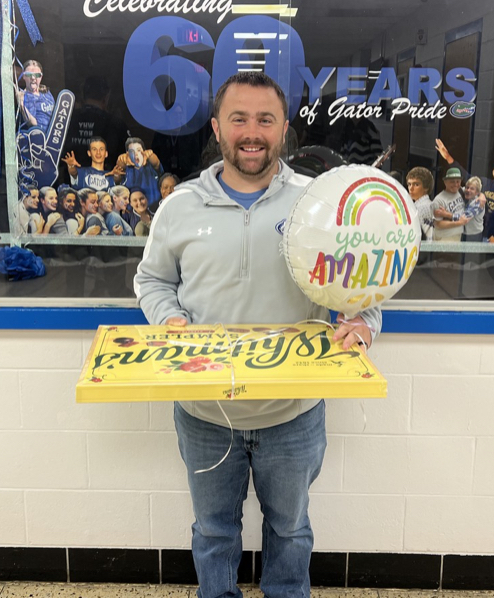

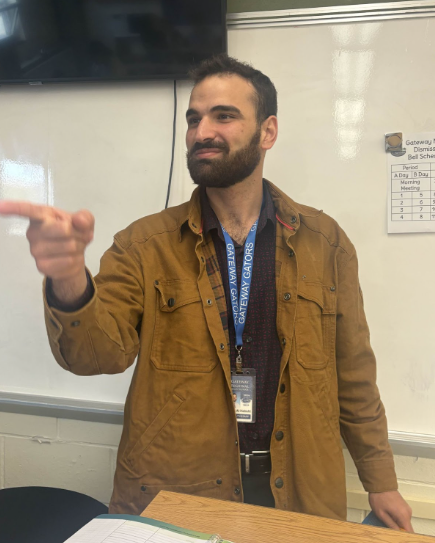
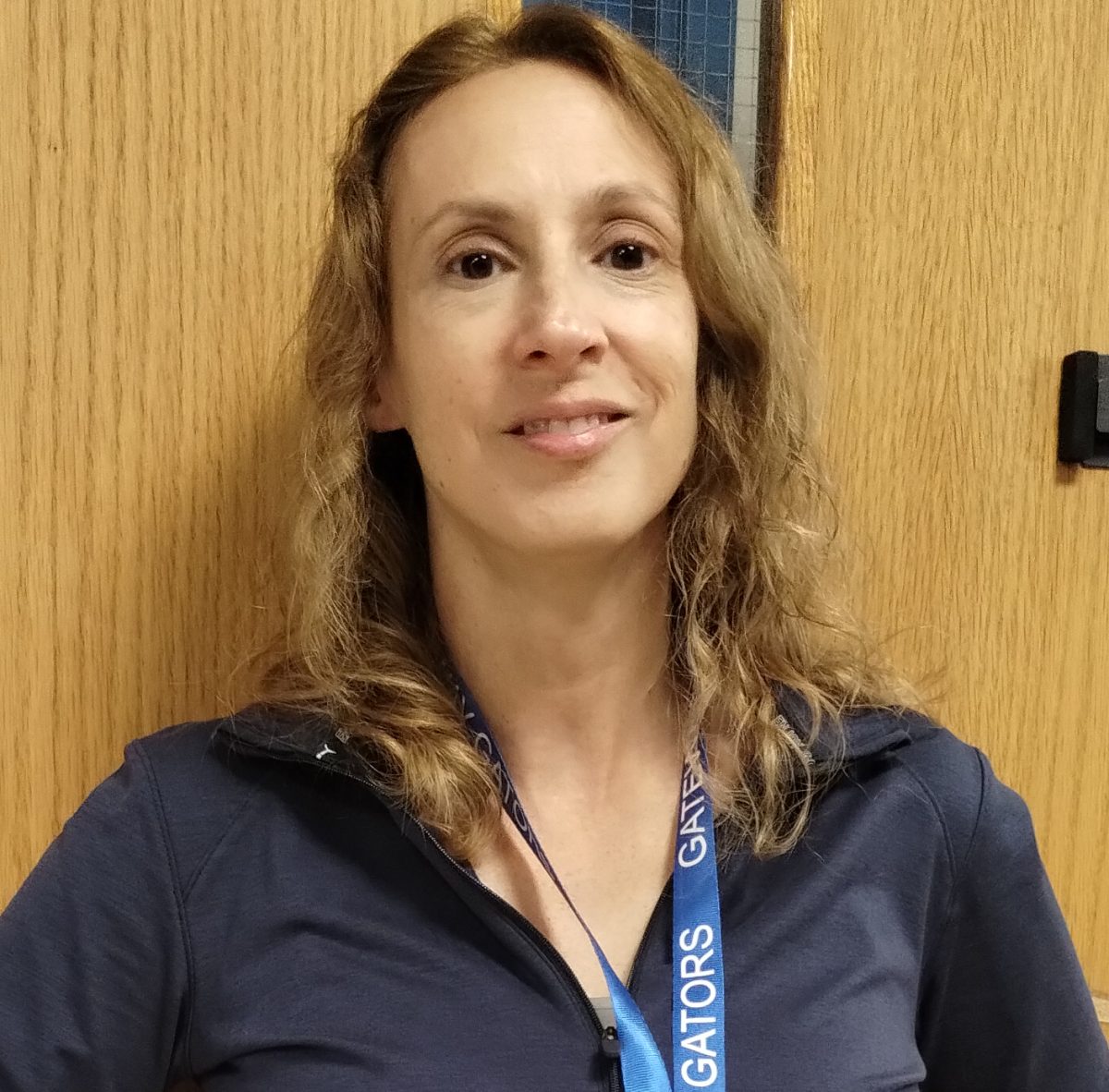
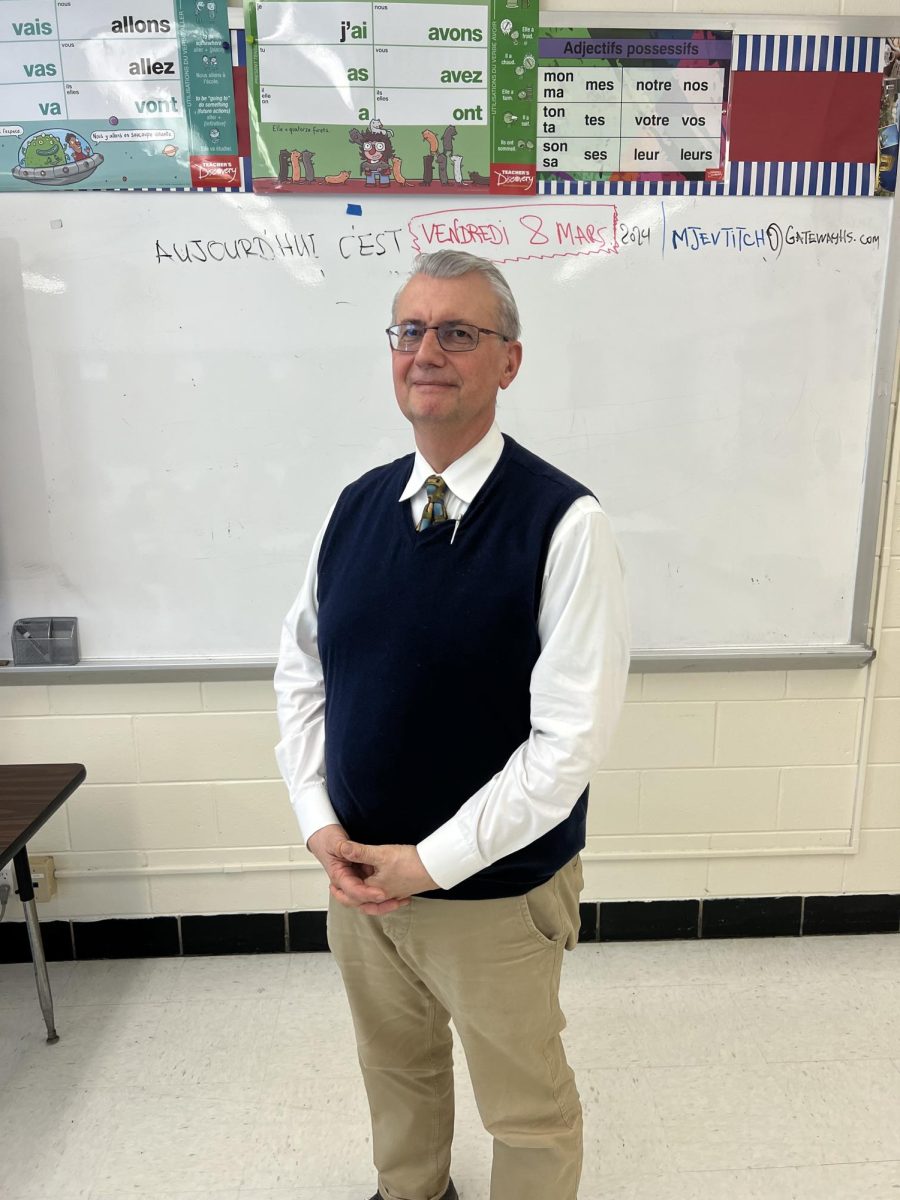
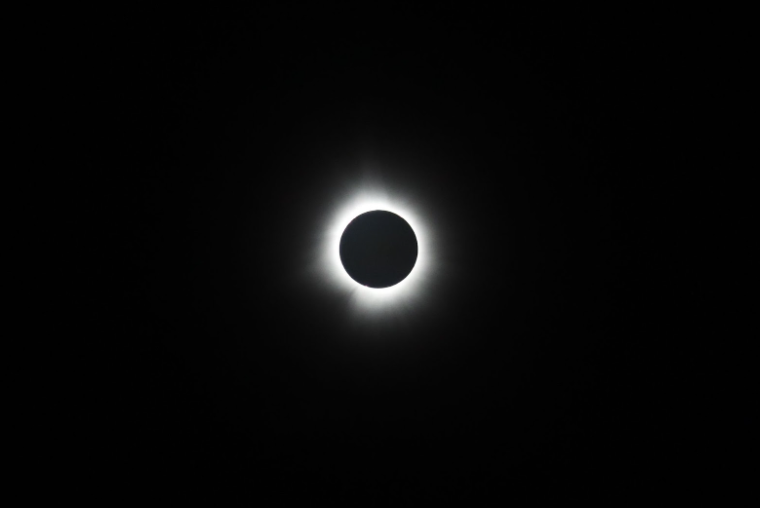
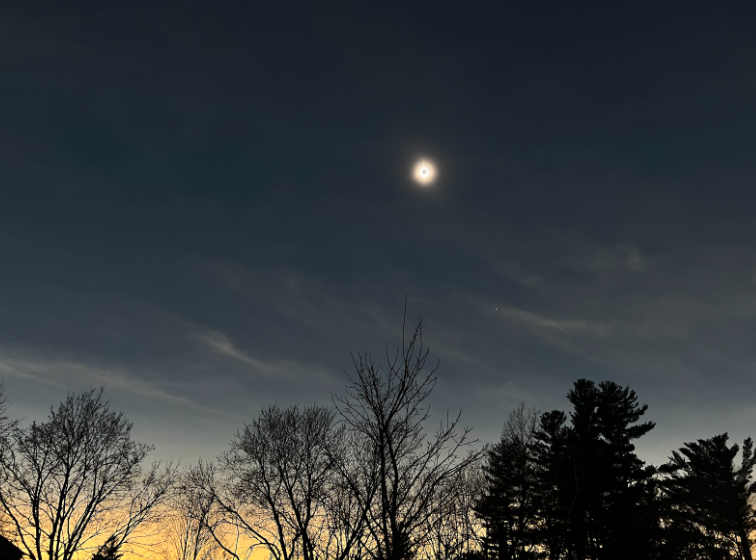
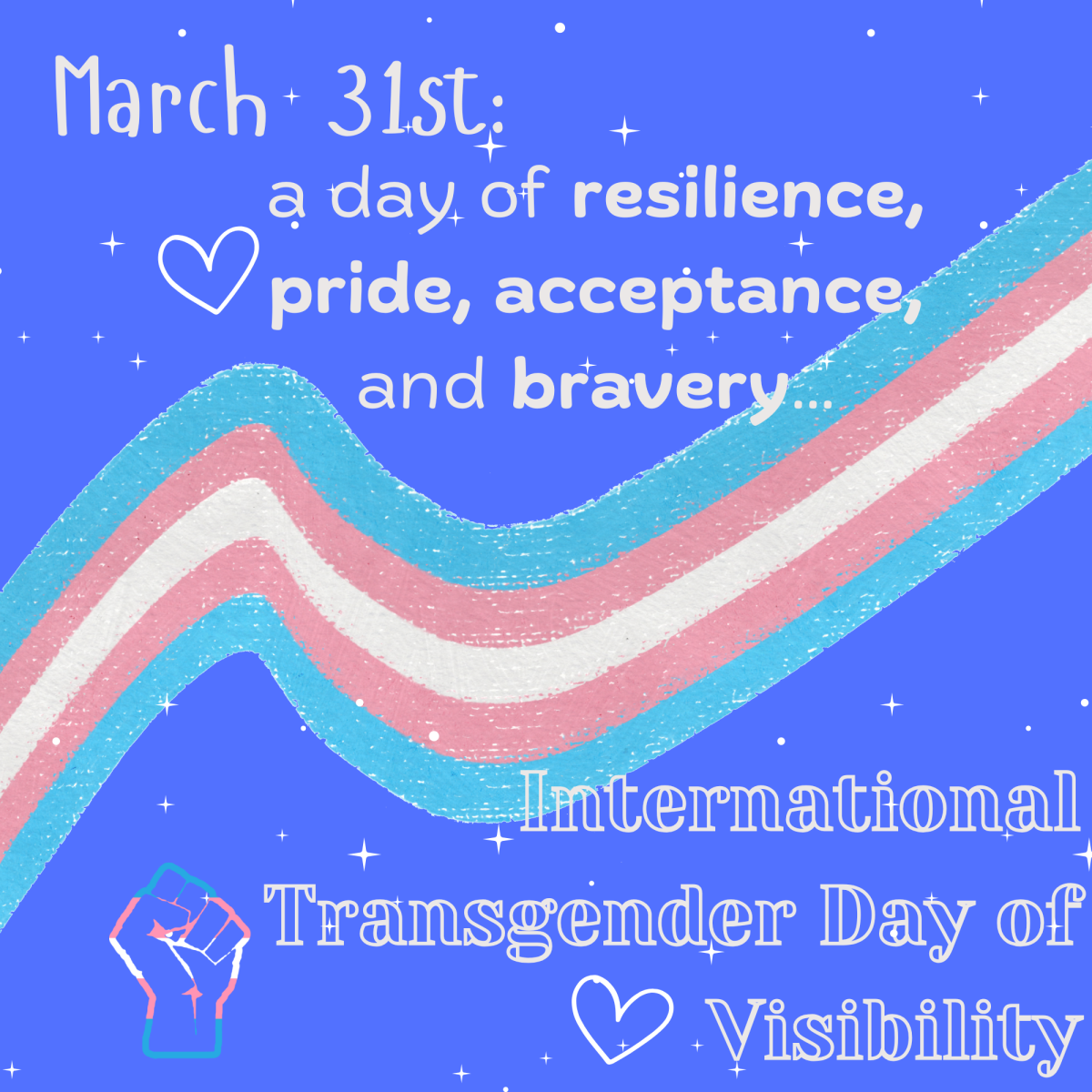

Christine Patrick • Apr 15, 2024 at 9:18 am
Your photos are great! So glad we made the trip!